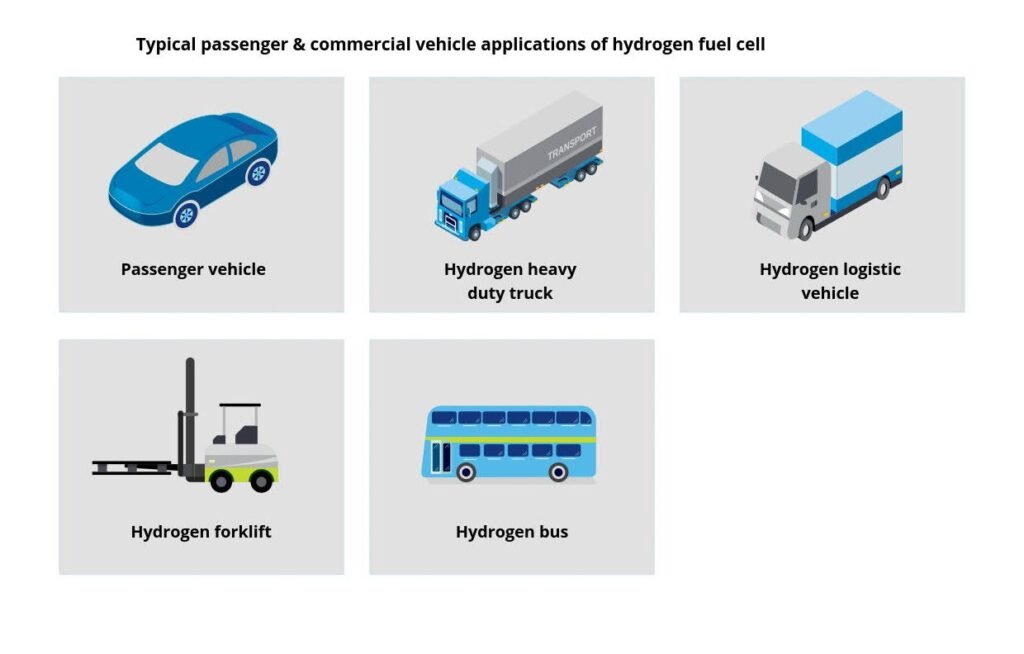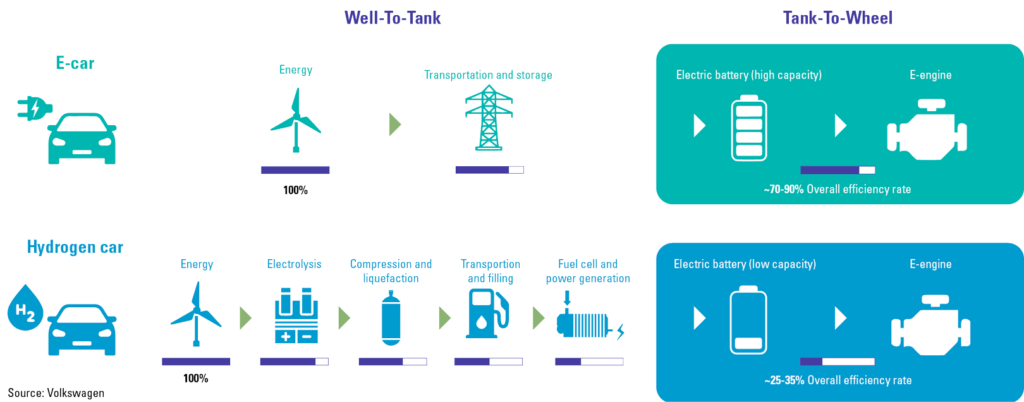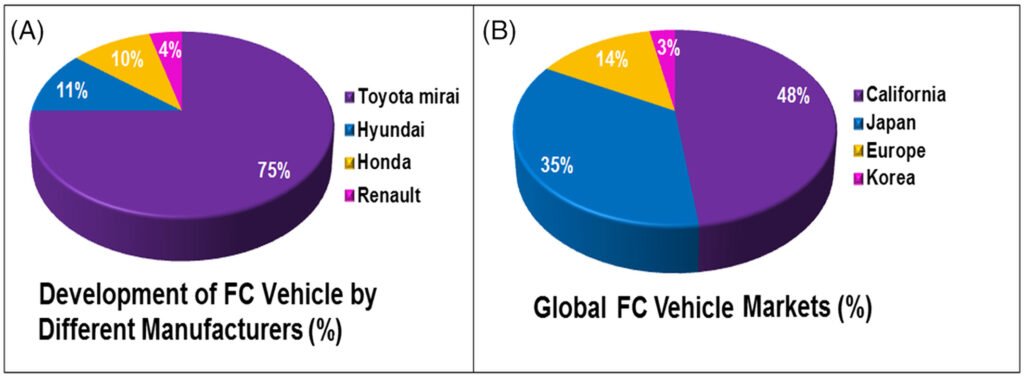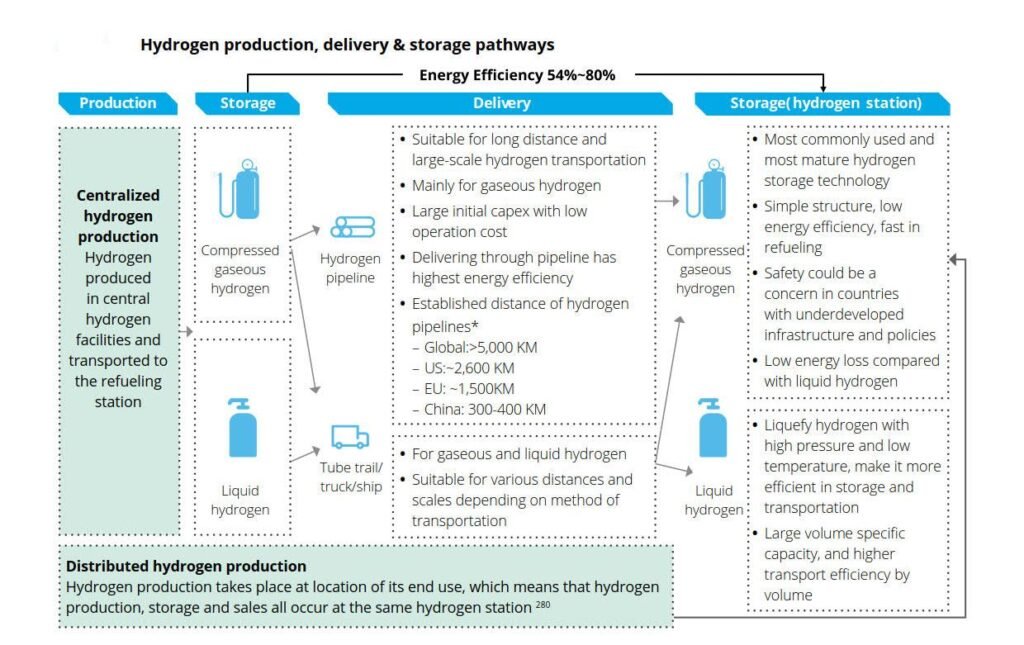Fuel cell vehicles (FCVs) run on hydrogen and are considered more efficient than conventional internal combustion engine vehicles and produce zero tailpipe emissions and only emit water vapor and air.

Fuel cells are electrochemical devices to convert chemical energy into electrical energy. They offer over 40% higher electrical efficiency than the conventional ones.
Six years down the road, the subject is yet to see any major acceleration in terms of adoption. In 2020, the investment in hydrogen fell on a lower level of fuel-cell bus deployments.

Hydrogen received nearly USD1.5 billion in investments in 2020, 20% less than the year before. Fuel-cell bus sales drove the decline, falling from USD865 million in 2019 to approximately USD400 million in 2020.
While the projection also paints a bleak picture. According to Bloomberg NEF, fuel cell vehicles (FCVs) will represent less than 1% of the global passenger vehicle fleet in 2040.
Even achieving this requires a thousand-fold scale up from the 20,000 passenger FCVs on the road today, and a dramatic reduction in the cost of producing green hydrogen.

Hydrogen’s higher energy and power density makes FCVs better suited for applications involving heavier loads and/or daily long-distance travel.
The development of hydrogen as an automotive fuel has gained momentum worldwide.
Hydrogen-fueled cars and buses are already in use in the US, Japan, South Korea, China, and Germany. Japan has announced plans to run fuel cell buses and cars for the Tokyo 2020 Olympics to promote the use of hydrogen.

Overall, according to Deloitte the TCO of FCEVs will decline by almost 50% in the next 10 years. This is driven by several factors. From an acquisition cost perspective, fuel cell systems are forecasted to decrease in cost by almost 50% in the next 10 years.
The adoption of technology will be geographically limited, with higher adoption rates in the US (California), China, parts of Europe, Japan and South Korea.
These are all regions with active plans for the deployment of hydrogen refueling infrastructure.

Cost, infrastructure, and safety are some of the most important barriers for the growth in FCEV sales.
Companies across the value chain and governments are working closely towards reducing the cost of the vehicle, hydrogen production and retail pricing, increasing the number of refueling stations and improving safety but task from here looks really challenging.
Reference- Deloitte, KPMG, PWC, BloombergNEF, Economic Times






